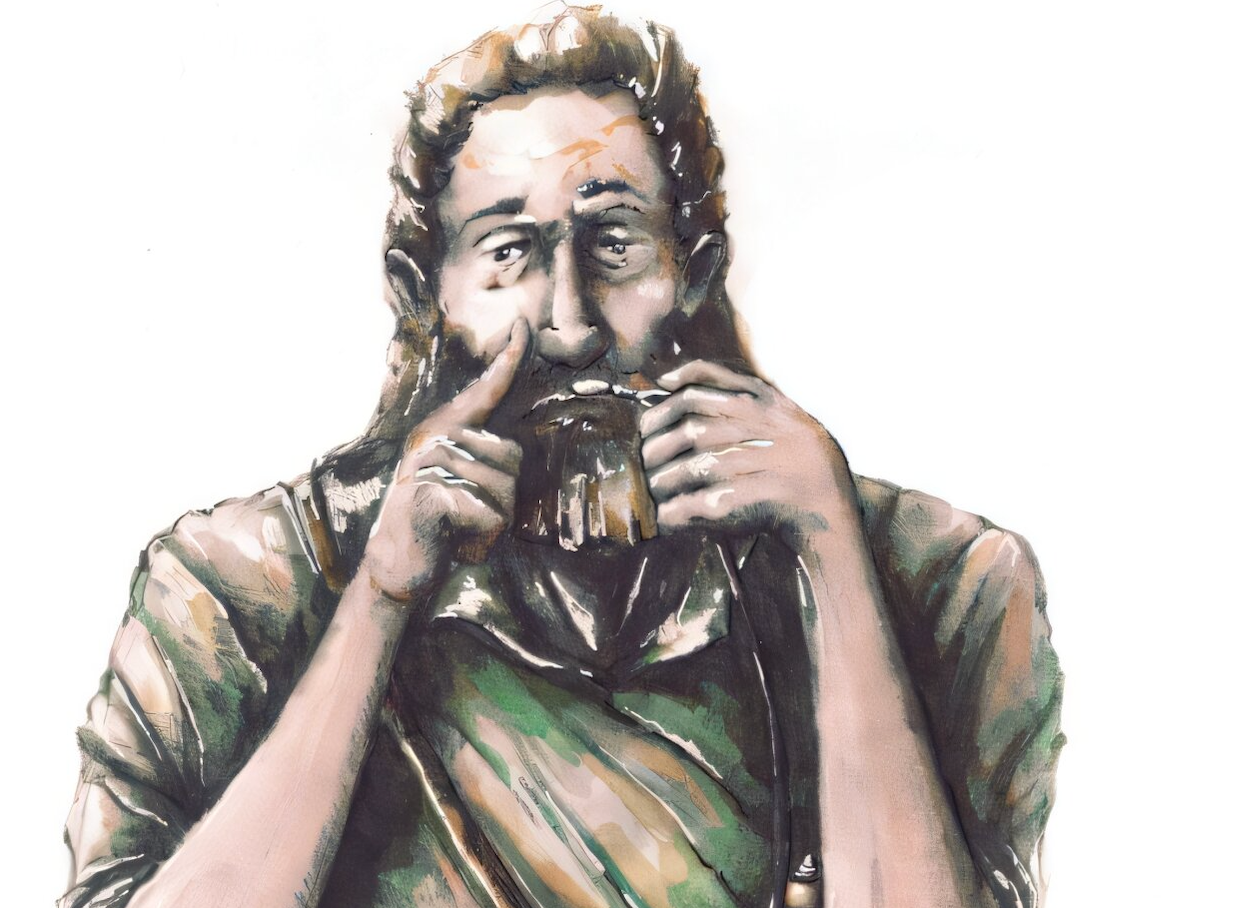Barbarian warriors in Roman times used 'stimulants' in battle, scientists say - after finding small, spoon-shaped objects on their belts
Share:
From the British Navy's tot of rum to the German army's enthusiastic adoption of amphetamines in WWII, the use of narcotics in the military is nothing new. But now, experts have found that soldiers may have been using drugs to fight off fear and boredom for at least 1,500 years.
![[Just like in the film Gladiator, the Germanic tribes of Europe would have been fierce warriors who fought against the Roman Empire. But experts now say they may have got some of their ferocity from a dose of narcotic plants]](https://i.dailymail.co.uk/1s/2024/12/03/16/92745727-14153021-image-a-28_1733242149988.jpg)
Archaeologists say barbarian warriors may have used 'stimulants' to give them a buzz before battle after finding small spoon-shaped objects tied to their belts. The researchers argue that these small metal spoons would have been 'an excellent way to dose stimulants' while avoiding the risk of a dangerous overdose.
![[Researchers argue that a series of metal spoons (pictured) found tied to the belts of Germanic warriors were used to dose powdered narcotics]](https://i.dailymail.co.uk/1s/2024/12/03/15/92746825-14153021-image-a-23_1733240997410.jpg)
While a barbarian warrior wouldn't be using a modern drug like cocaine, there is a wide range of herbal stimulants that could have been used. Warriors might have taken powdered drugs derived from opium poppies, hemp, henbane, belladonna, and various psychedelic fungi.
![[The researchers found 241 of the spoon-shaped objects. Those with rounded bowls were found mainly in modern-day Poland and Germany (left) while those with flat heads were mainly found in Scandinavian graves (left)]](https://i.dailymail.co.uk/1s/2024/12/03/16/92746821-14153021-Of_the_241_spoon_shaped_objects_found_those_with_rounded_bowls_w-a-22_1733242684414.jpg)
Any of these substances in the right dose could provide the stimulation warriors needed to face the stress and exertion of ancient warfare. The use of these drugs may have been so common that the researchers suggest there would have been a sophisticated narcotic economy to keep the troops supplied.
![[Opium poppies (right) are native to Spain, France, and parts of Northern Africa (shown in green) and were spread widely by the Roman period (purple)]](https://i.dailymail.co.uk/1s/2024/12/03/15/92746817-14153021-image-a-26_1733241009415.jpg)
Archaeologists say that Barbarian warriors in the Roman era may have taken stimulants before battle to reduce fear and give them energy (artist's impression). Just like in the film Gladiator, the Germanic tribes of Europe would have been fierce warriors who fought against the Roman Empire. But experts now say they may have got some of their ferocity from a dose of narcotic plants.
![[The Germanic people would have also been aware of the ergot fungus (pictured) which grows on Rye and causes powerful hallucinations. This could have been powdered and taken in small doses as a stimulant]](https://i.dailymail.co.uk/1s/2024/12/03/15/92745717-14153021-image-a-22_1733240463710.jpg)






















